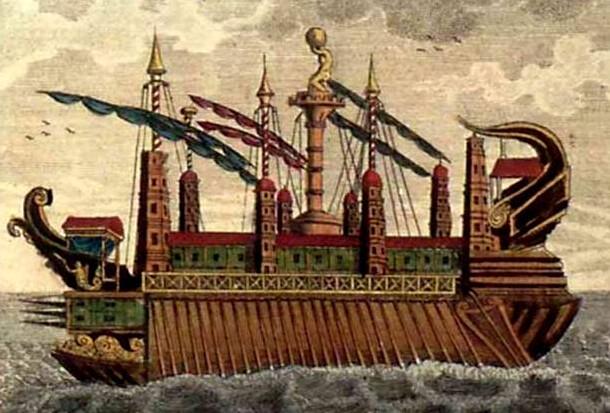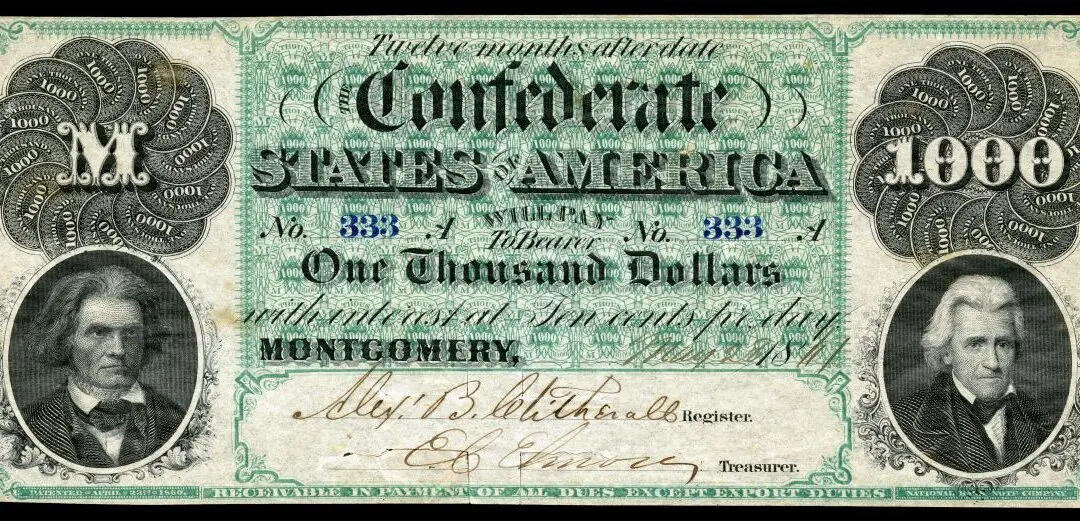What is the origin of things? Did things come from nothing or from something? Those were just some of the many questions the ancient Greeks pondered, but it led them to be the first to truly innovate. They saw what was and made it better.
Armand D’Angour, professor of classics and a fellow at Jesus College at the University of Oxford, has translated portions of several ancient Greek works, adding his introductions to certain ideas, as part of Princeton University Press’s collection of Ancient Wisdom for Modern Readers.






